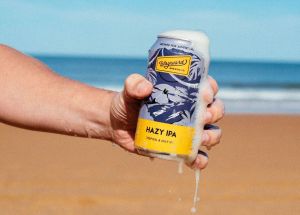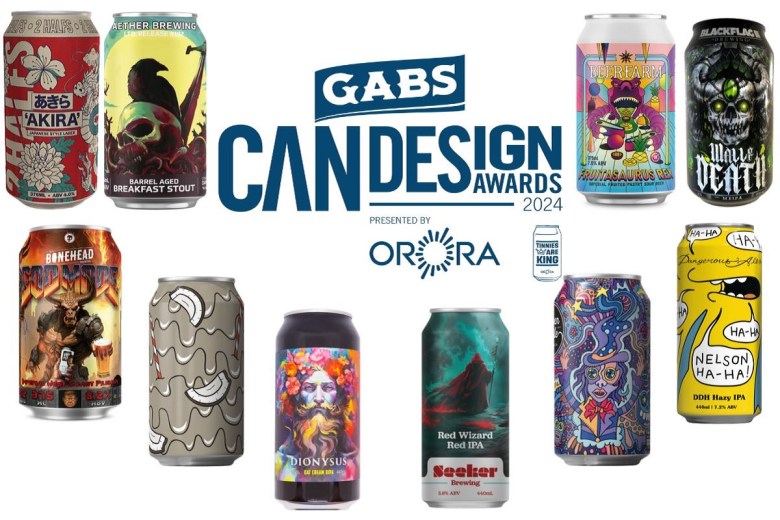 The 10 finalists have been chosen by a public vote and will now be assessed by a panel of judges before the winner is announced on 13 September.
The 10 finalists have been chosen by a public vote and will now be assessed by a panel of judges before the winner is announced on 13 September.  The 10 finalists have been chosen by a public vote and will now be assessed by a panel of judges before the winner is announced on 13 September.
The 10 finalists have been chosen by a public vote and will now be assessed by a panel of judges before the winner is announced on 13 September. 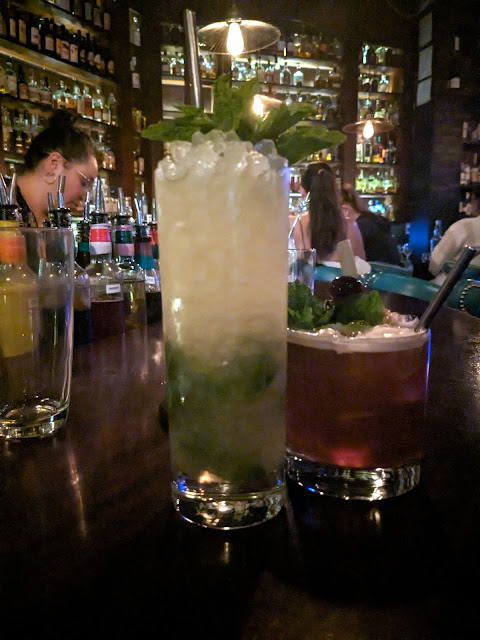
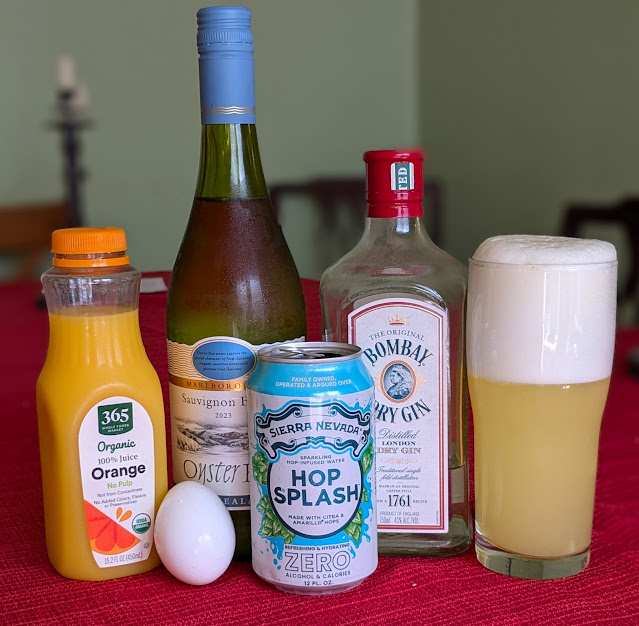
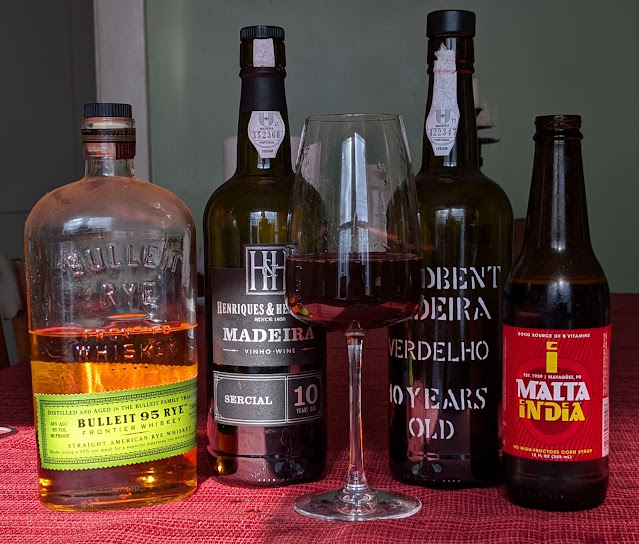
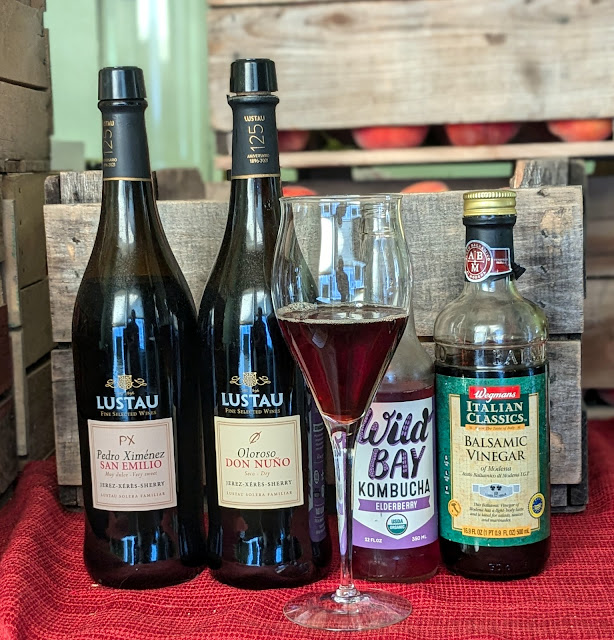
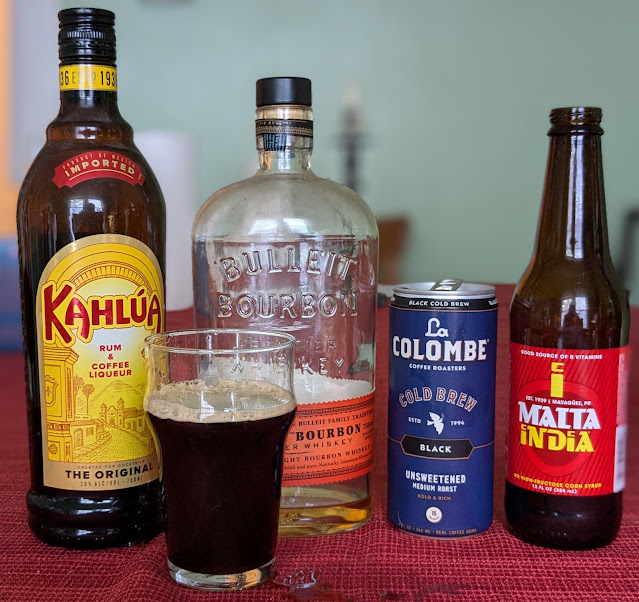

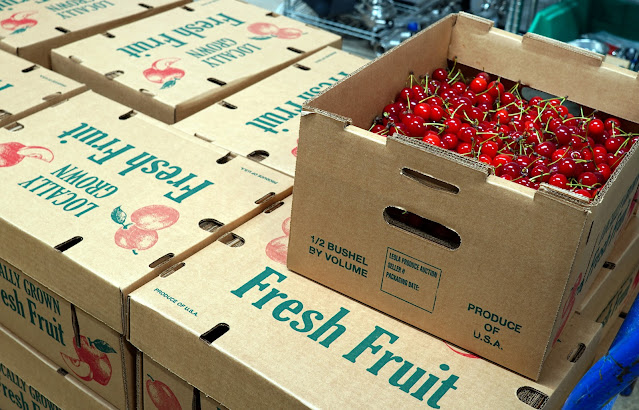
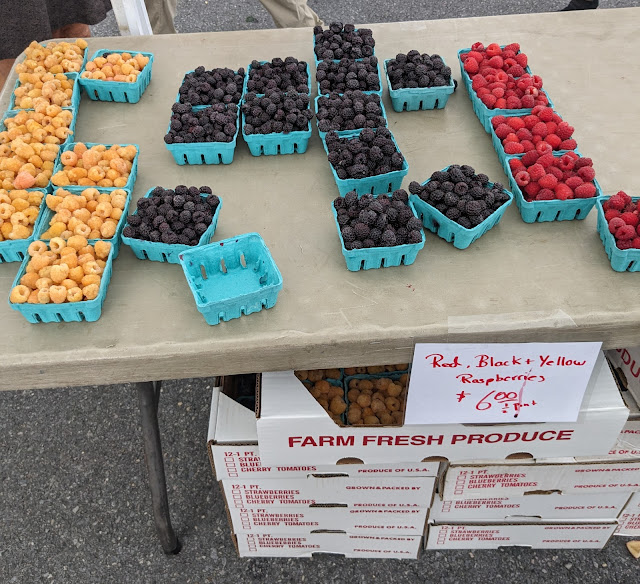
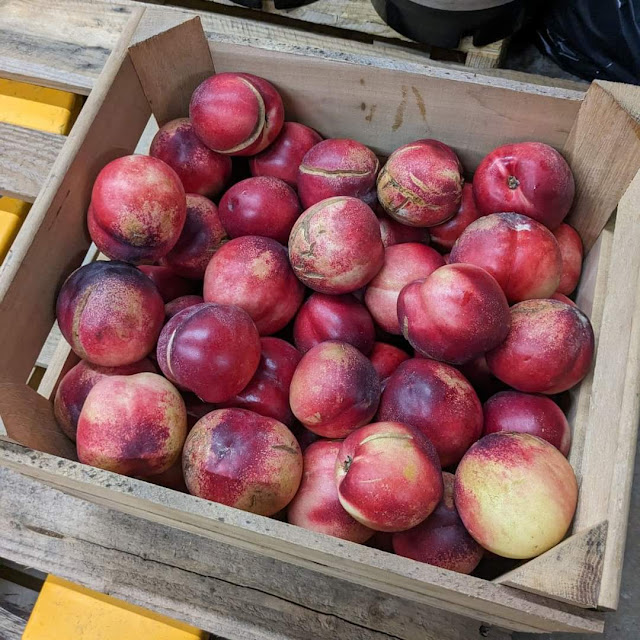
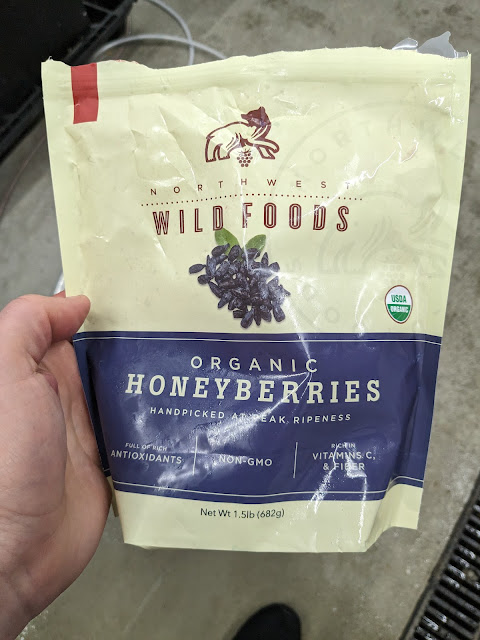
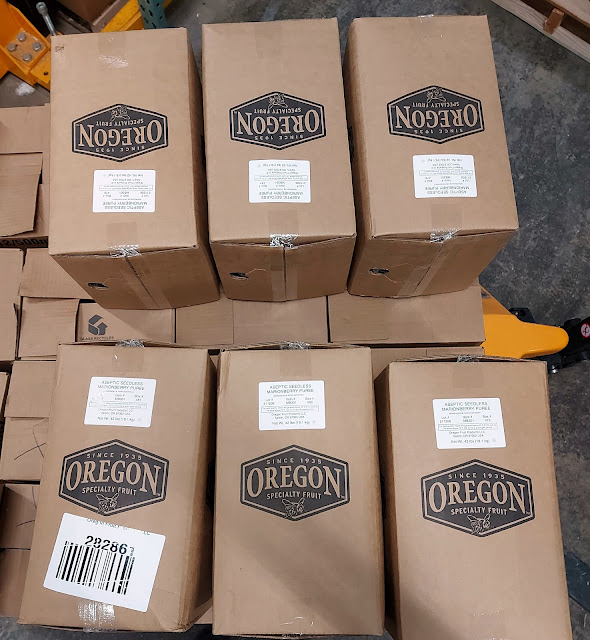

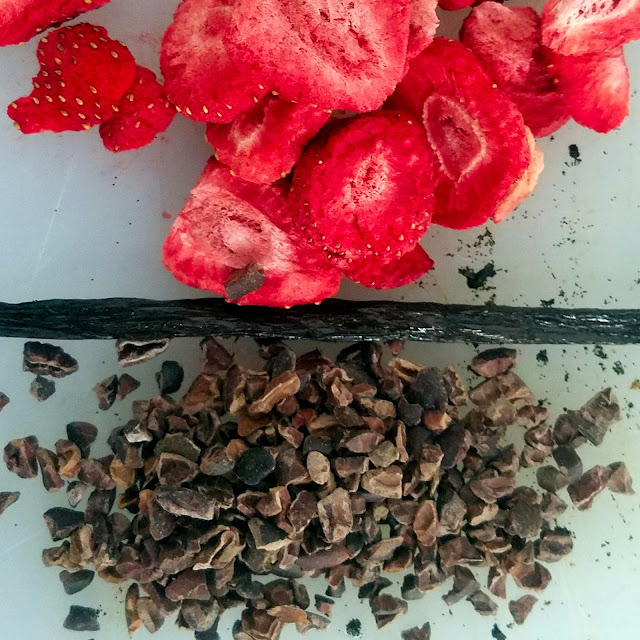

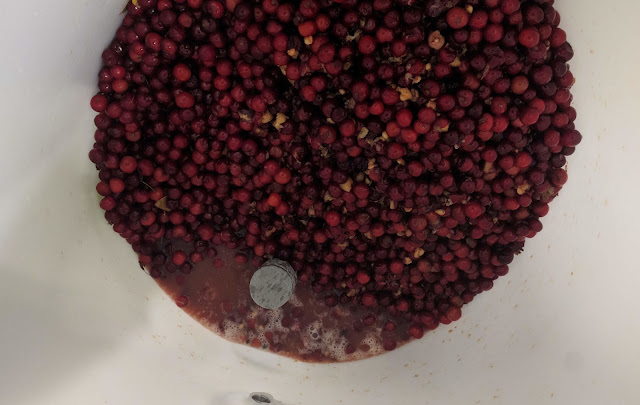


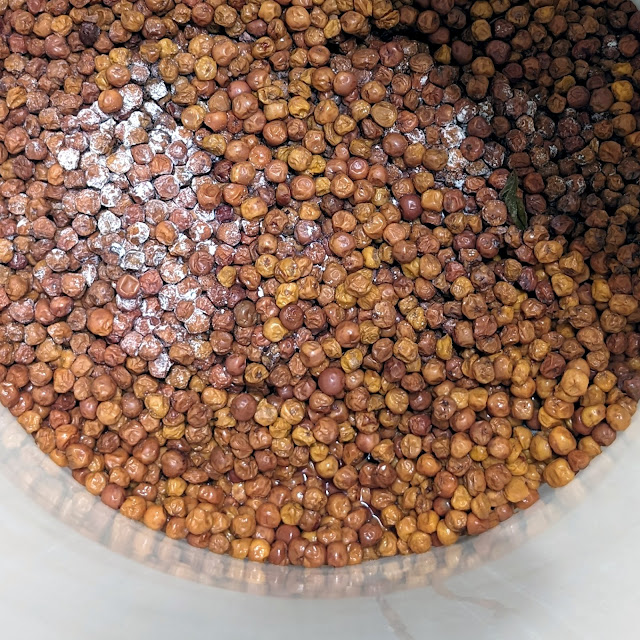
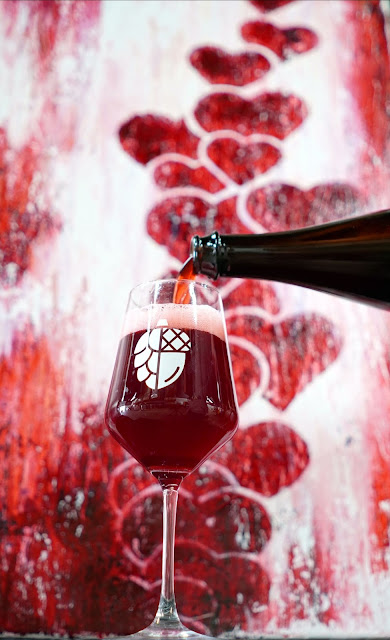
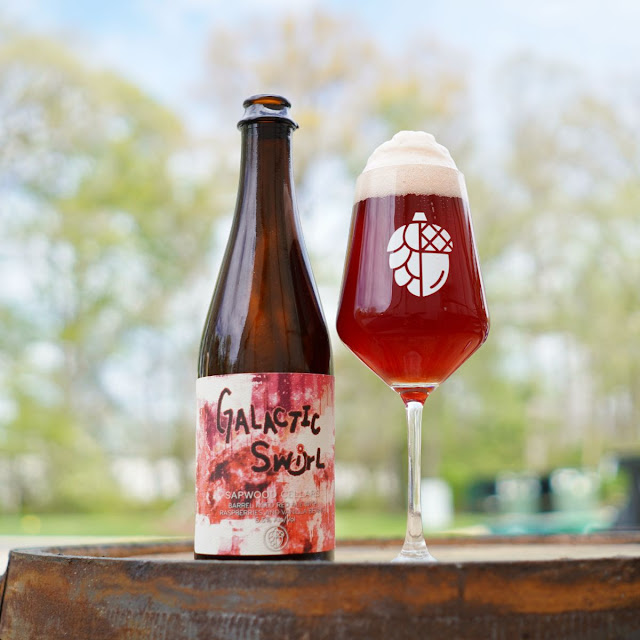
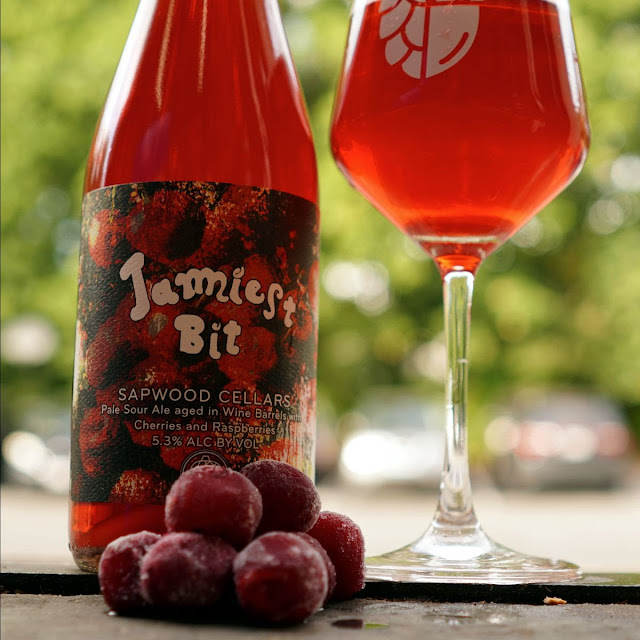
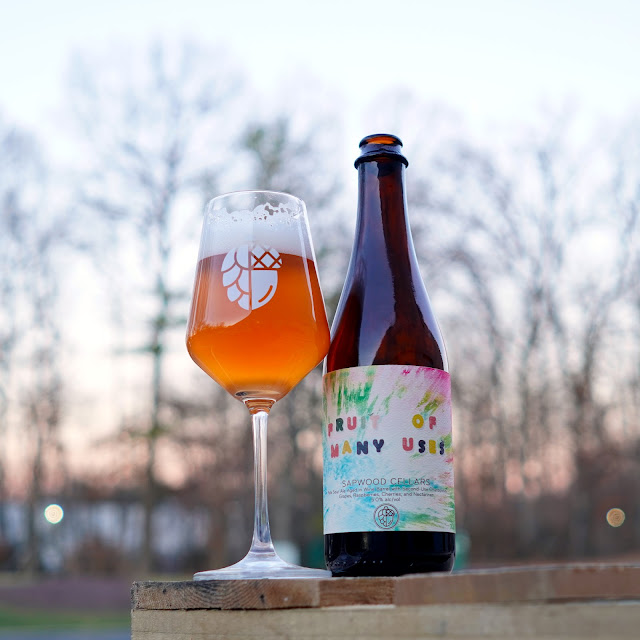
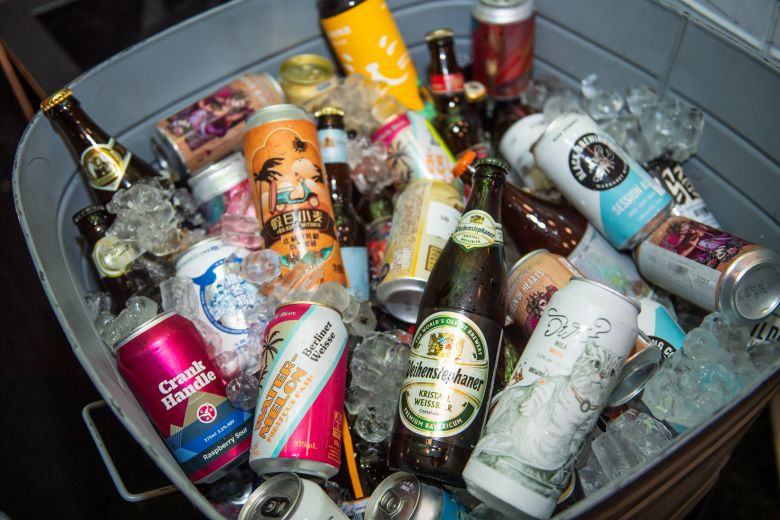 The awards were dominated by Australian breweries Stone & Wood and Brick Lane Brewing, as well as New Zealand’s Garage Project.
The awards were dominated by Australian breweries Stone & Wood and Brick Lane Brewing, as well as New Zealand’s Garage Project.  Ahead of Modus Brewing’s 10th anniversary celebration this weekend, we chat with Co-Founder Grant Wearin about his highlights from the past decade.
Ahead of Modus Brewing’s 10th anniversary celebration this weekend, we chat with Co-Founder Grant Wearin about his highlights from the past decade. 




